ARCHIVED – Canada’s Renewable Power Landscape 2016 – Energy Market Analysis
This page has been archived on the Web
Information identified as archived is provided for reference, research or recordkeeping purposes. It is not subject to the Government of Canada Web Standards and has not been altered or updated since it was archived. Please contact us to request a format other than those available.
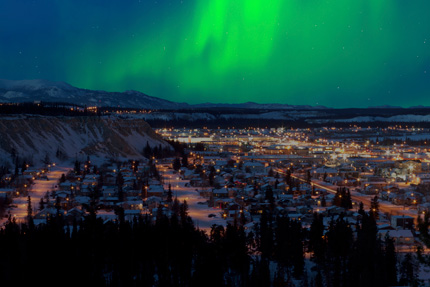
Yukon
In 2015, Yukon generated 94% of its electricity from renewables, almost exclusively from hydro. Although a 5 to 10 MW windfarm site was selected in late 2014, Yukon has less than 1 MW wind capacity.
While Yukon generates the majority of its electricity from hydro, diesel and LNG are required to meet peak demand.
Two regulated Yukon utilities generate and distribute electricity. Yukon Energy Corporation owned by the territory generates most of the power and owns and operates most of the territory’s transmission infrastructure. ATCO Electric Yukon is a privately owned distributor, which also generates power.
Yukon’s government announced plans in 2009 to increase renewable energy by 20% by 2020. Since then, it has implemented a biomass energy strategy for district and home heating, adopted an Independent Power Production policy, and introduced a micro-generation program which allows individuals to produce and sell electricity to the grid.
Increasing renewable capacity on a larger scale requires infrastructure investments, and the Yukon government plans to upgrade key transmission lines in 2017 if it has sufficient funding.
| Capacity in MW and % | Generation in GW.h and % | |||
|---|---|---|---|---|
| 2005 | 2015 | 2005 | 2015 | |
| Hydro | 77 | 95 | 320 | 422 |
| 70% | 76% | 93% | 94% | |
| All renewable sources | 77 | 95 | 320 | 422 |
| 70% | 77% | 93% | 94% | |
| All sources | 110 | 124 | 343 | 448 |
This table shows Yukon's electric capacity and generation from renewables in 2005 and 2015. The share of hydro in total capacity increased from 70% to 76% while its share in total generation increased from 93% to 94%.
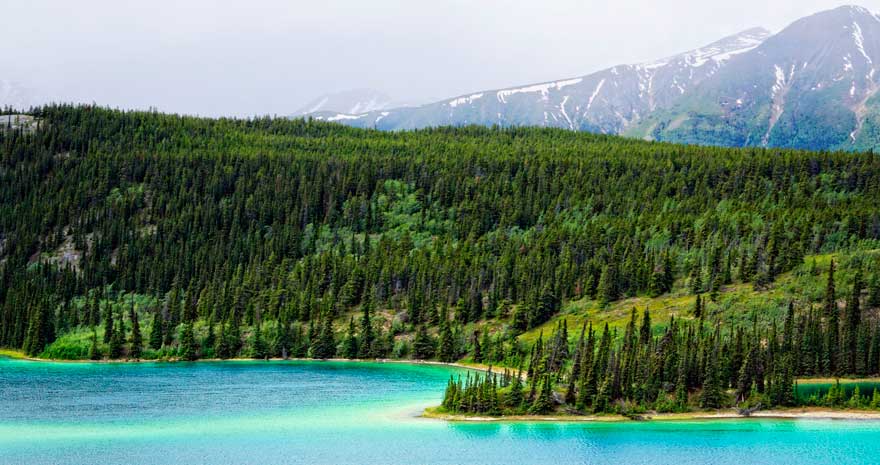
FIGURE 25 Renewable Resources and Capacity in Yukon
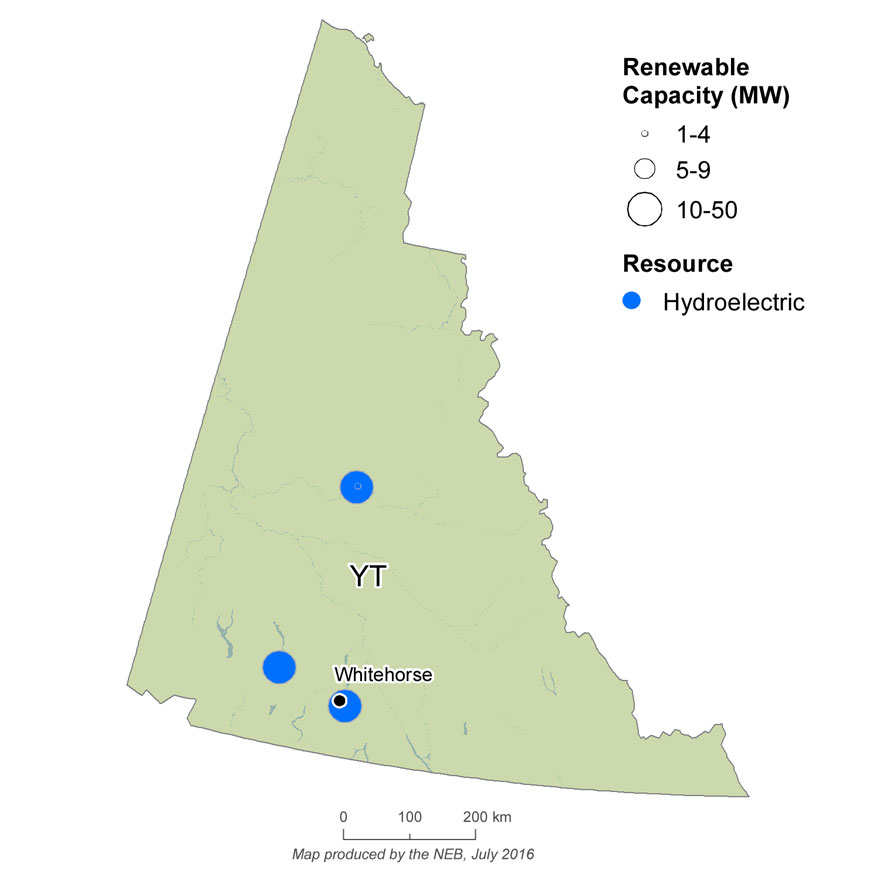
Text version of this map
This map shows the location and approximate capacity of renewable power plants with a capacity of at least 1 MW across Yukon. There are three hydroelectric plants in south and central Yukon. There are no wind, biomass or solar resources with a capacity of at least 1 MW.
FIGURE 26 Electric Generation Capacity in Yukon
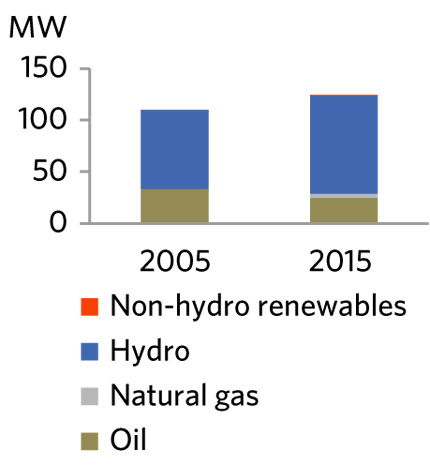
Text version of this graphic
This bar graph shows Yukon’s total electric capacity in 2005 and 2015 for all fuel sources. Capacity increased from 110 MW to 124 MW, with renewables increasing from 70% to 77% of total capacity.
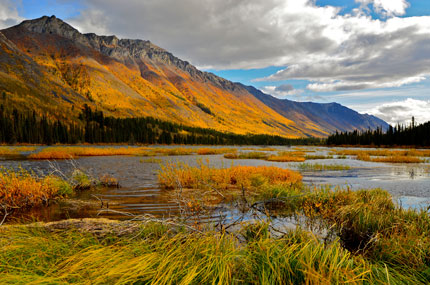
- Date modified:
